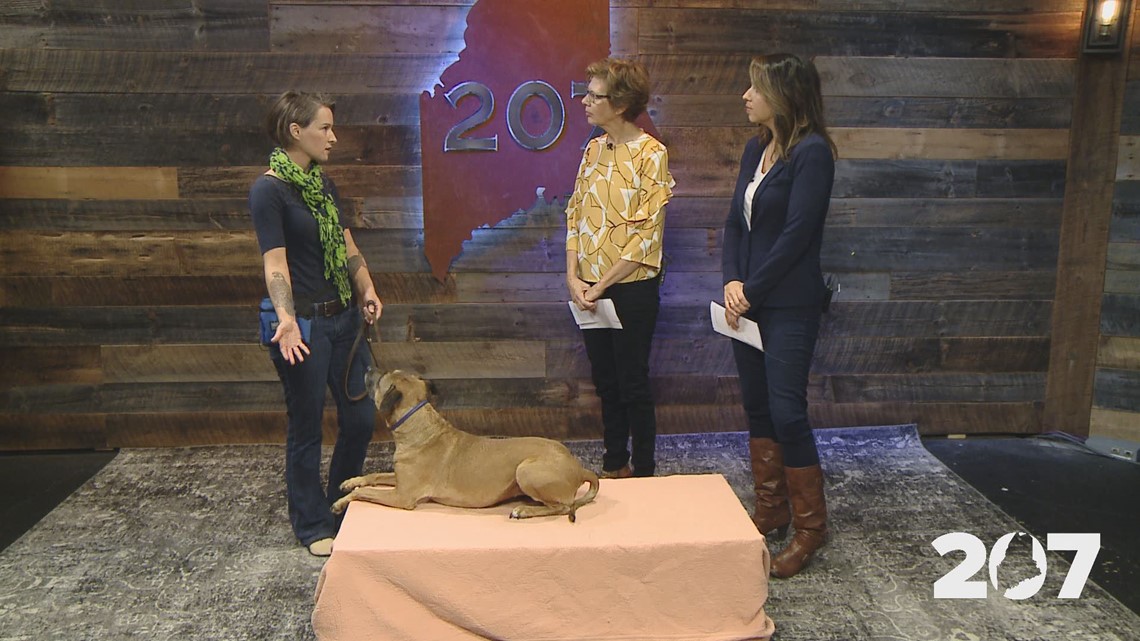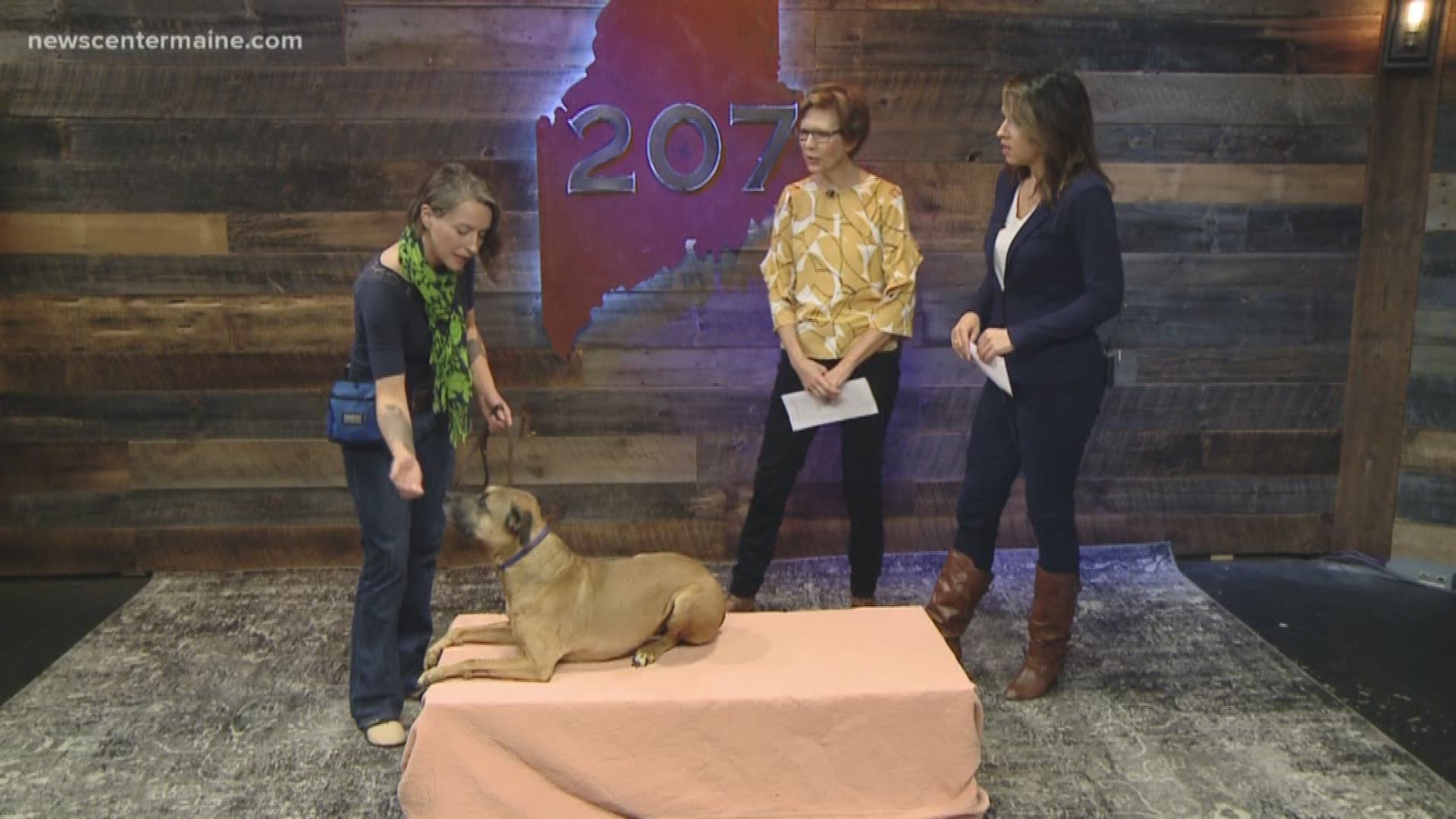(NEWS CENTER Maine) — The key, Leah Twitchell says, to any form of obedience training is utilizing a dog's prey drive.
What does that mean? Essentially, rewarding a dog with food or a favorite toy. If a trainer has ever told you that tug of war with your pup teaches bad habits, Twitchell has a different view.
"What I'm doing is using drive-training for pet dogs, which leverages the dog's natural prey drive to shape their obedience behaviors," says Twitchell, who gives her dog a command, and immediately offers food, or a play tug.
"Outside of obedience work, this type of holistic training is also great for dogs with behavioral issues because it restores their confidence and allows them to express natural behaviors," says Twitchell. "In addition to using food, we also utilize play training with lots of tug-of-war (always letting the dog win). When we allow the dog to feel successful in using his natural instincts (prey drive), then he wants to behave in alignment with his handler (i.e. becomes obedient by nature)."
One basic skill to begin with is teaching your dog "place," by setting up a platform for the dog to sit and stay on. Once place has been established, Twitchell says it's much easier to learn things like "heeling" while walking.


If you have a jumper, a dog who is incredibly excited to see you when you come home, Twitchell suggests ignoring the dog until it calms down - essentially showing the dog that there is nothing to be over-excited about, that coming home is a normal part of the day.
To learn more about Twitchell's holistic approach, click here.

